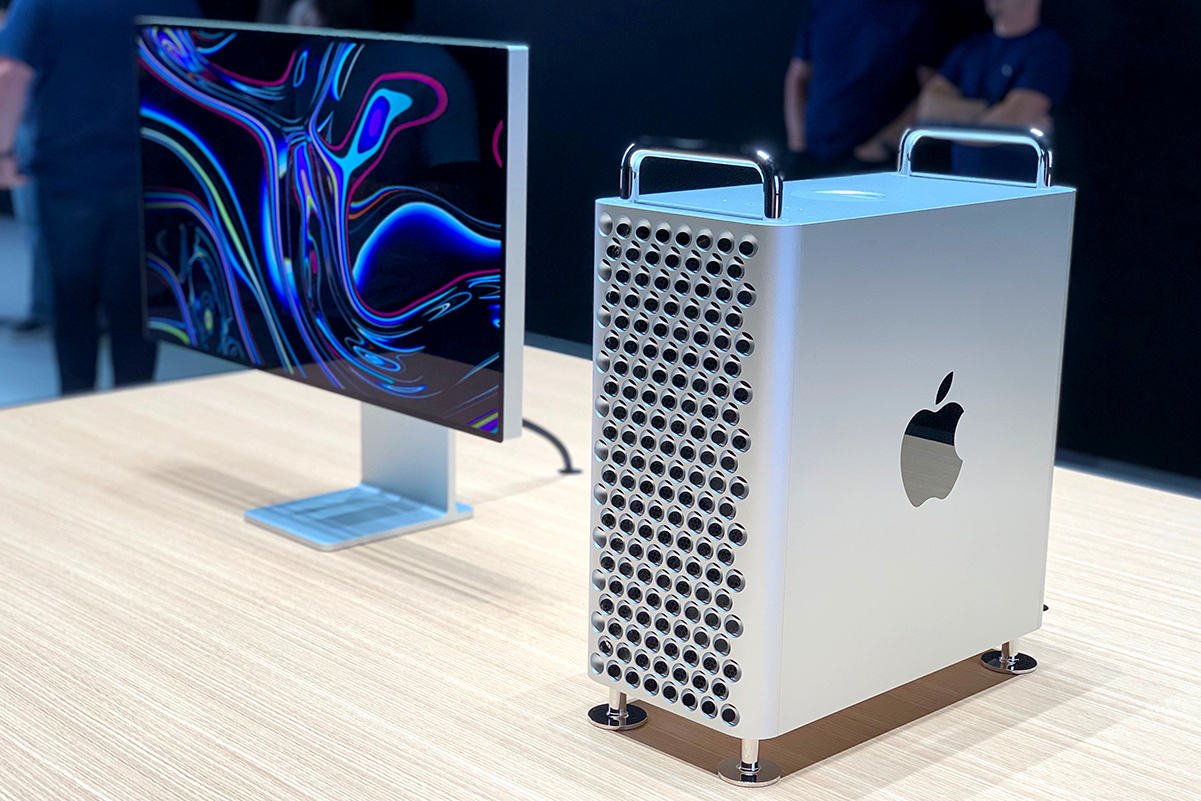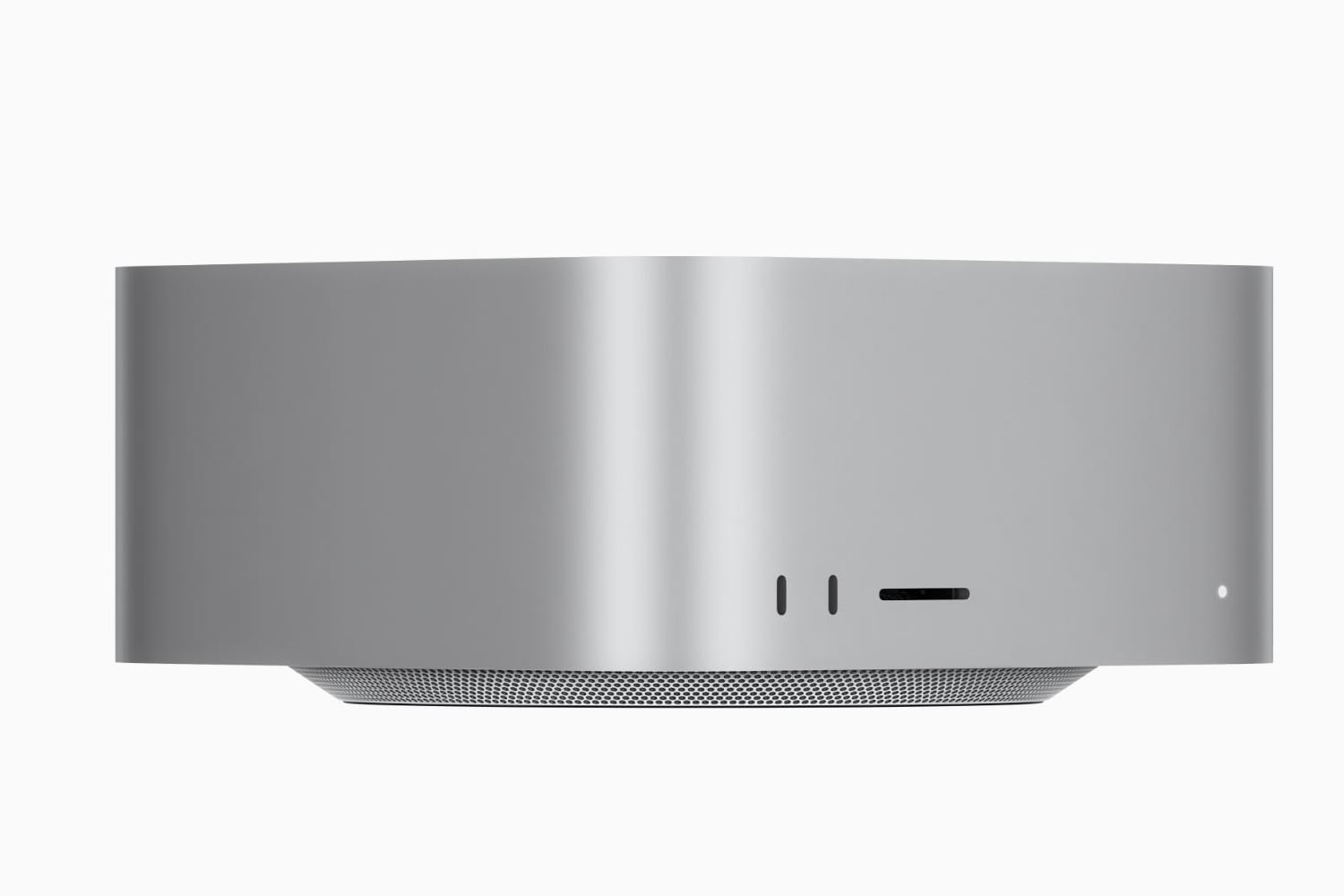When Apple released the M1 chip at the end of 2020, we were blown away by the speed improvements over its Intel predecessors. A year later Apple did it again with the M1 Pro and M1 Max, and then in March 2022, Apple revealed the M1 Ultra, filling out the M1 chip lineup and dramatically altering our expectations for Apple’s roadmap. Here’s how the Apple silicon transition has gone so far—and where it’s going.
M1: December 2020
Apple’s current M1 processor is based on the 5nm A14 chip that first arrived in the iPad Air (4th generation) and iPhone 12. It has four high-performance cores with 192 KB of L1 instruction cache and 128 KB of L1 data cache and shared 12 MB L2 cache and four energy-efficient cores with 128 KB of instruction cache, 64 KB of L1 data cache, and shared 4 MB L2 cache. That makes a total of eight cores split evenly among power and efficiency leading to tremendous speed boosts over the prior models. The system-on-a-chip also has an eight-core GPU in most models (the entry-level MacBook Air and 24-inch iMac have a 7-core GPU) with 128 execution units and up to 24576 concurrent threads.

Apple
Memory has also changed. With the M1, the LP-DDR4 memory isn’t just soldered to the motherboard, it’s actually part of the chip itself. That means it’s faster and more efficient than before, but it’s also a bit more limited—you can only get 8GB or 16GB in an M1 Mac and there’s no way to upgrade it after purchase. (That won’t be a surprise for MacBook buyers but the same also applies to desktop models, though we’re not sure about the Mac Pro yet.) And finally, the chip has a 16-core Neural Engine, along with the Secure Enclave and USB4/Thunderbolt support.
M1 Pro and M1 Max: October 2021
We started hearing about the development of an M1X chip earlier this year, but the rumors weren’t quite accurate. Apple is calling its next-gen processors the M1 Pro and M1 Max, and true to their names, they are a massive leap over the M1.
Built using the same 5nm process as the M1, the M1 Pro and M1 Max bring a new 10-core CPU, including eight high-performance cores and two high-efficiency cores, that delivers speeds up to 70 percent faster than the M1. The M1 Pro offers up to 200GB/s of memory bandwidth with support for up to 32GB of unified memory while the M1 Max delivers up to 400GB/s of memory bandwidth with support for up to 64GB of unified memory.
On the graphics side, the M1 Pro has a 14-core or 16-core GPU that is up to 2x faster than M1, while the M1 Max adds a 32-core GPU options for up to 4x faster graphics performance than M1. According to Apple, the new M1 Max MacBook Pro can transcode ProRes video in Compressor up to 10x faster compared with the Intel 16-inch MacBook Pro.
Additionally, the chips also have a 16-core Neural Engine, additional Thunderbolt 4 controllers, and a new display engine that can drive up to four external displays on the M1 Max. You can find them in the 14- and 16-inch MacBook Pro.
M1 Ultra: March 2022
The M1 Ultra came as a surprise during Apple’s “Peek Performance” event in March. Apple did a good job keeping this processor under wraps—the rumors that popped up about the Mac Studio a couple of days before the event simply described the Ultra as a variant of the M1 Max.
Turns out that calling the M1 Ultra a variant is misleading—it’s actually two Max chips that work together as one. Apple created an extremely fast interconnect called UltraFusion that offers 2.5TBps of bandwidth between the two dies, which allows the Ultra to be recognized as a single SoC by macOS.
Since the Ultra is two Maxes, you can double the specs of a single Max and you get the lowdown on the Ultra. It has 20 CPU cores, with 16 performance cores and 4 efficiency cores, and a 48-core or 64-core GPU. The M1 Ultra is available with 64 or 128GB of unified memory, with a memory bandwidth of 800GBps. And it has a 32-core Neural Engine.
The Ultra also has all the media engines found in the Max, but again, it has twice as many: two video decode engines, four video encode engines, and four ProRes encode and decode engines. Simply put, this is an ideal processor for video editing.
Mac Pro chip: Mid 2022
When John Ternnus announced the M1 Ultra processor at the “Peek Performance” event, he declared it to be the last chip in the M1 family. Later in the presentation, he teased the final Mac to transition to Apple silicon, the Mac Pro. Assuming both of those things are true, Apple is working on a workstation-caliber desktop chip for the next generation of its Mac Pro tower that’s something different than a mere upgrade to the M1 Ultra. The Mac pro chip has been rumored to have up to 40 cores due to a four-die process or the pairing of chips with 32 performance cores, as well as a 64-core or 128-core GPU.

Apple is reportedly developing a new Mac Pro with an incredibly powerful custom chip inside.
IDG
Those numbers look a lot like two M1 Ultra chips. So it’s possible that Apple does something similar to what it did with the M1 Max by ultrafusing two M1 Ultra chips into a mega chip that brings those very rumored specs: 40 CPU cores (32 performance, eight efficiency), 128 GPU cores, 64 Neural Engine cores, and up to 356GB of RAM. But now that the M1 Ultra has landed, it’s more likely that Apple has something else up its sleeve for the Mac Pro, which has even more demanding power and expansion needs that the Mac Studio.
We don’t know if Apple will continue to offer PCI slots for graphics and storage or simply add more ports for expansion, but the Mac Pro is definitely the most interesting Mac in the Apple silicon transition. We could get a peek at the machine at WWDC with a launch in November or December.
M2: Late 2022
There was a chance Apple could release the M2 at the spring event, but we got the M1 Ultra instead. It still could arrive at WWDC, but more likely it’s headed to fall, which puts Apple silicon on a two-year cadence.
Apple’s M2 chip could debut in the next MacBook Air, which looks to get a complete redesign with new colors to match the 24-inch iMac. According to Bloomberg, Apple’s next-generation processor “will include the same number of computing cores as the M1 but run faster.” That’s similar to how Apple approaches A-series upgrades, which has had six cores since the A11 processor despite vastly improved performance. As far as the GPU goes, Bloomberg reports that the cores will increase from seven or eight to nine or 10. The M2 will likely be based on TSMC’s N4P enhanced 5nm process similar to the A15 processor, according to a report by The Information.

The colorful redesign of the MacBook AIr could be the first M2 machine.
Based on rumors and Apple’s positioning of its chips thus far, we can expect the M2 processor to be about 20 percent faster than the M1 but slower than the M1 Pro, M1 Max, and M1 Ultra. The same M1 limitations on USB4/Thunderbolt and RAM will likely remain as well since Apple is establishing non-Pro and -Max chips as consumer products for users who aren’t as demanding.
M2 Pro and M2 Max: Mid-to-late 2023
The next generation of Apple’s high-end laptop processors could have several tiers of performance like the M1 Pro and M1 Max, with as many as 20 computing cores, made up of 16 high-performance and four high-efficiency cores, according to a Bloomberg report. That’s due to a new unique two-die processor that will effectively double the cores in each chip, according to a report in The Information. We expect these to launch in mid-to-late 2023, possibly at WWDC or the fall Mac event.
M3: 2024
Apple is already working on the third generation of its M-series processor, according to The Information. It will likely be its first desktop processor to use a 3nm process and offer a significant speed boost over the M1. Its code name is Ibiza.
M3 Pro and M3 Max: 2025
We don’t know much about the M3 Pro and M3 Max other than their codenames are reportedly Lobos and Palma, and the chip will likely be based on a 3nm process. Based on the M1 timeline, this chip probably won’t arrive until 2025
from Macworld.com https://ift.tt/9BV7M84
via IFTTT



